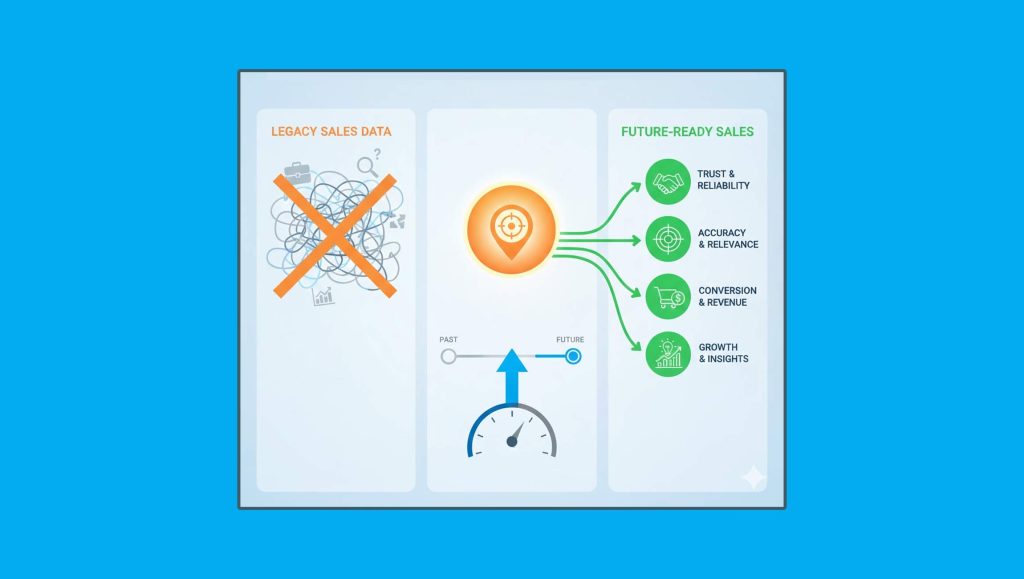When it comes to sales, there are numerous sales methodologies that companies can choose to model their end to end sales practices on. From using account-based selling to drive highly targeted sales output to outbound prospecting, sales teams today can deploy an array of plans and methods to ensure optimized results.
SPIN selling, a concept that was first presented in Neil Rackham’s 1988 book by the same name focuses on the core idea that deals can be won when a salesperson understands a buyer’s problem better, for this to happen, the salesperson has to ask the right questions at the right time to the right prospects.
Read More: Podcasts Versus Webinars – What’s Better For A B2B Salesperson?
Understanding SPIN Selling
When it comes to these ‘’questions’’ that salespeople need to ask their key prospects, SPIN selling as a sales methodology allows sales reps to plan prospect calls using questions across four categories: situation, problem, implication, and need-payoff.
SPIN Selling as a core concept is useful in B2B sales mainly because, it is meant to enable industries with long sales cycles, a key feature in B2B. SPIN selling also addresses questions in situations when there are multiple buying stakeholders within an account.
To make the best of a SPIN selling model, B2B teams need to know what each stage caters to and what type of questions need to be asked and why.
Let’s dive deeper:
The ‘’Situation’’ Stage
Seasoned sales leaders already know how important it is to understand the prospect’s problem and current buying mindset. Not all prospects are ready to buy and moreover, not all prospects have a need for your product at the time that you want to sell it!
This is where salespeople need to first breakdown who their customers are and what they need. ‘’Situation’’ questions help a salesperson understand more about the buyer’s current buying mindset.
Typical questions that can be used at this point:
-What are your current technologies looking like today
-What kind of tools do you already use (and why!)
-How often do you use those kind of tools and how many team members are meant to use it too as part of daily processes
‘Situation’’ questions allow sales people to establish relevance while giving them the fuel they need to adjust future questions for the next stage of the sales cycle. Salespeople can also use questions surrounding budgets, immediate goals, current pain points to get to know what an interested prospect could be looking at in the future.
Read More: Effects Of AI Driven Content Personalization
It is important to note that questions at this stage should not replace the research stage that B2B salespeople have to keep as part of their prospecting activities, the research stage is meant to enable better questions at this level and not to be used as a replacement.
Questions at this point need to be company or team specific.
The ’’Problem’’ Stage
Questions at this stage are meant to show the prospect that your product can solve a core problem that they might have. The idea at this point is to get the prospect to understand that they may have a lag within their processes or tools and that a solution like yours can come handy.
For instance, if you are selling an HRTech Payroll Management tool to a rapidly growing team that is expanding the world over, questions that lead them to understand that their current system might not be accurate or quick enough will get them more interested in your product. Questions that get them to think about whether their current tools help customize payroll efficiencies for multiple local teams for instance can be a starting point in getting them to want to know about your own product.
Other types of questions that can work here:
-Does your tool help enable good intra-team communication
-Is everything integrated into one place in terms of attendance, location, local payroll norms, etc
The ‘Implication’’ Stage
The right questions at this stage can help get prospects to understand the impact of not doing anything about the problems identified in the previous stage…
Questions at this point need to be formatted to create a slight sense of urgency. This stage or rather, the questions at this point need to typically be a spin-off of the questions asked during the ‘’problem’’ stage.
Questions like:
-How long does it take for your teams to fix inefficiencies due to communication lags on existing platforms
-Would your team be more productive with a better tool?
-Are communication problems hurting overall ROI?
Read More: Common Sales Rep Hiring And Onboarding Mistakes To Avoid
Need-Payoff Stage
This stage is meant to be a summary of all the stages/questions together. If the previous set of questions have helped identify core prospect problems with the aim of getting them to think more about your product, the need-payoff stage is to be used to drive them to make a final buying decision.
This stage or the success of it can also help measure how well the sales team has executed questions and understanding of the prospect through the previous stages. It is at this stage that sales teams have to try get the prospect themselves to try and connect the dots and see the potential increase in ROI by investing in your product/service.
Sales is Not a Selling Game Anymore!
Sales today is all about fixing a problem and understanding the prospect and industry better. Identifying how your product can help your key prospects or why your prospects truly need the product you sell is what can build that differentiator in a sales conversation.





















